Endometriosis: A life sentence for women
Exploring the challenges of the invisible illness and the treatments for it
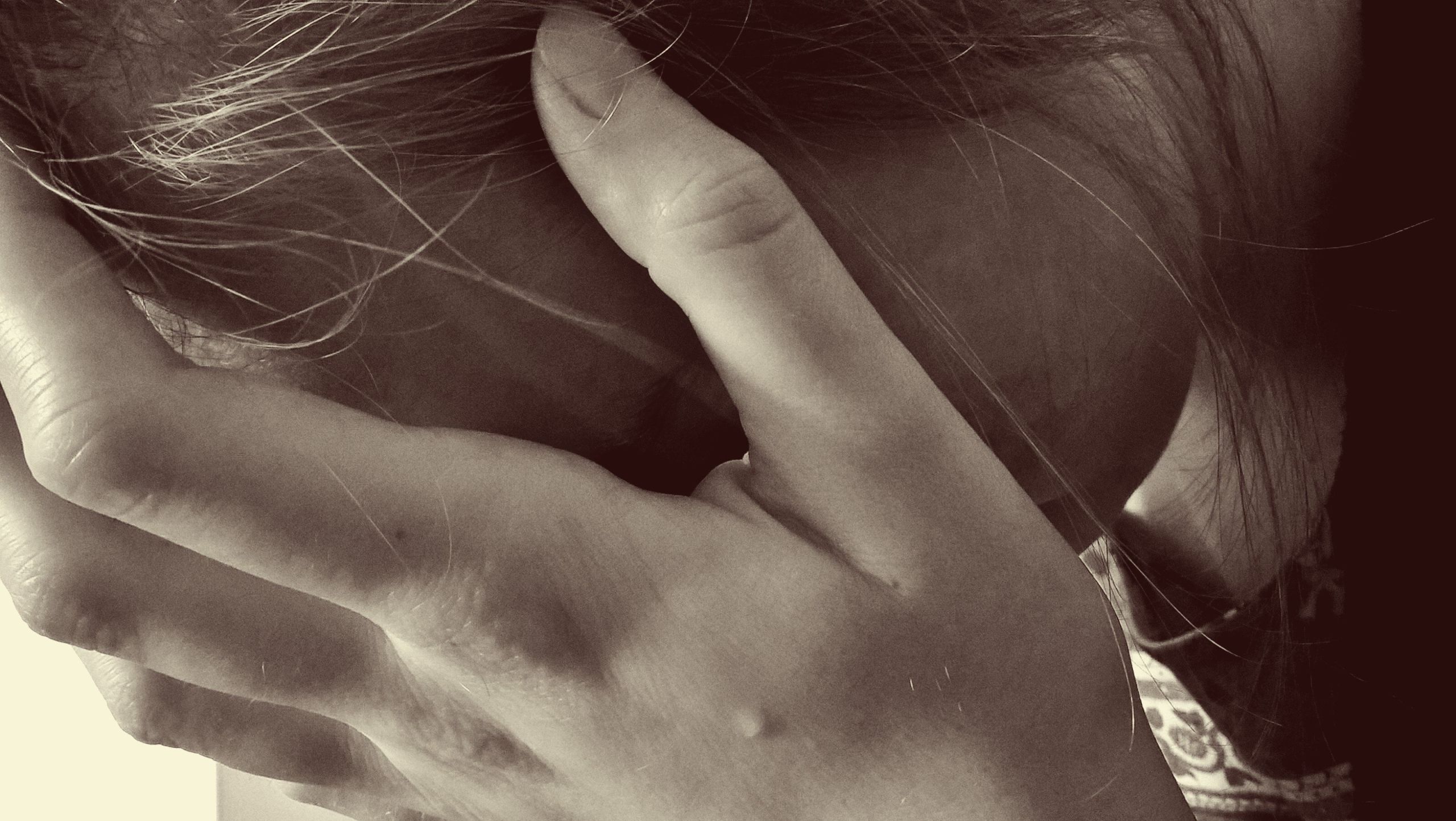
Endometriosis is a debilitating, chronic disease affecting 1.5 million British women. Common symptoms are abnormal period pain and heavy bleeding during menstruation. There are also bladder and bowel problems in some severe cases.
Meanwhile, this illness is not curable. Patients are dependent on pain relief medications or hormonal treatments. Surgery relieves the pain as well but after some time Endometriosis strikes again.
The disadvantages of hormonal treatments are side effects which often add more problems for patients.
Patients often feel very miserable due to a constant pain, that can lead to mental health problems. Women with Endometriosis often feel isolated because even after decades of research, the diagnosis is still not well understood, nor presented correctly in the society.
The first ever case was reported back in 1924, but the research into endometriosis was very limited at that time.
Demand for the treatment, which will no longer be based on birth control medicine, has increased in recent years as Endometriosis has become a hot topic.
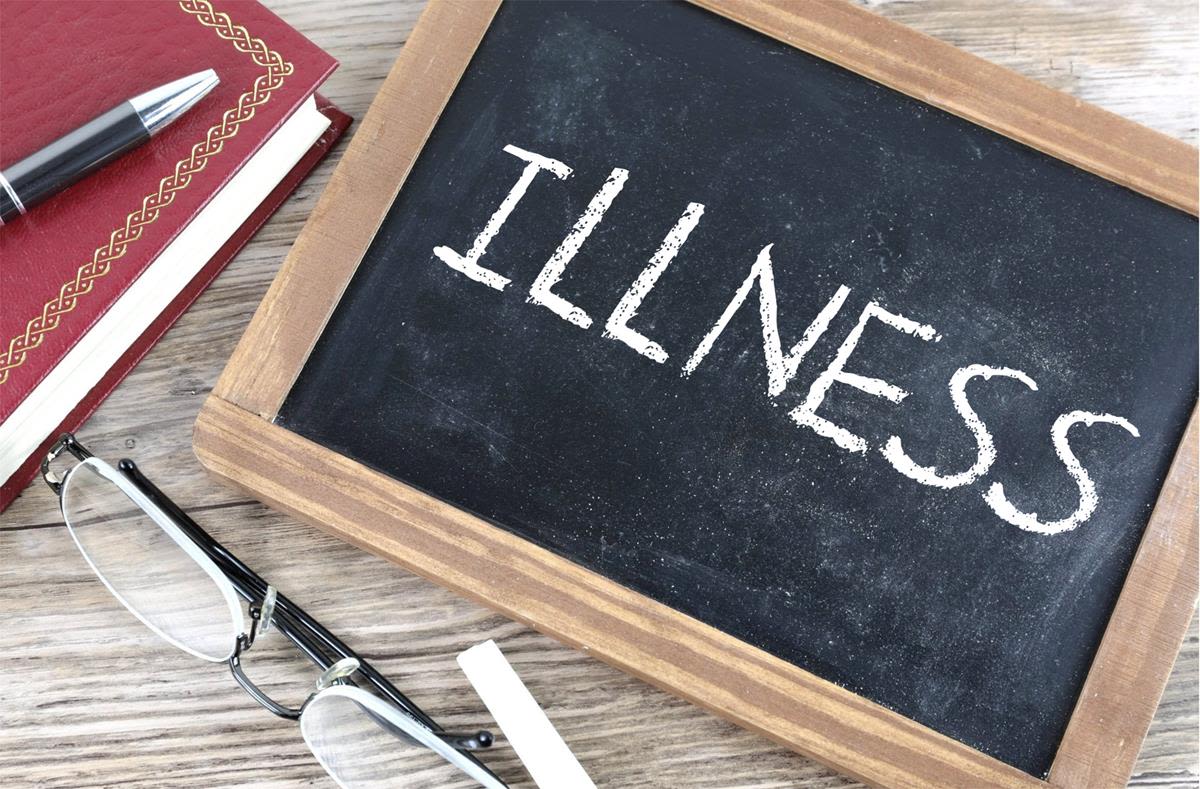

'Life in neverending pain'
Katy's story
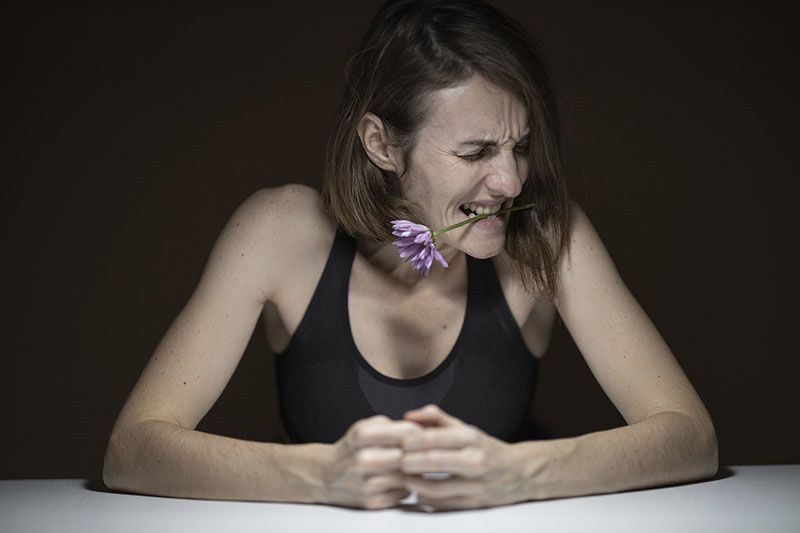
At the very beginning when her periods started, Katy Phillips didn´t understand why she was struggling with an unbearable menstrual pain more than the most of her friends.
Katy Phillips describes how her life changed when she´d started her cycle.
When she realised that this pain wasn´t normal, she decided to visit her GP, but she wasn´t met with understanding.
"I´ve got a really good nurse in my area, but GPs didn´t believe in the seriousness of my condition," she said in the beginning.
The advice from her doctor was to keep herself occupied and if she wanted to be cured, she should´ve got pregnant.
But pregnancy is considered as one of the most popular myths about curing the endometriosis.
Due to the lack of understanding of endometriosis by GPs, the diagnosis of this condition is very often delayed for years.
And this was crucial for Katy. The problems with debilitating pain started with her first period when she was 11, and she was diagnosed with endometriosis when she was 32 in 2012.
Katy Phillips on how she felt about being diagnosed after 21 years.
Since 2012, Katy has been put through the various hormonal treatments and has had 4 surgeries in total.
"The hormonal treatments helped with controlling the symptoms for a while but then I felt like my body started reacting to it. I was feeling so poorly."
She also went through four courses of in vitro fertilization to help her with the fertility, but it wasn´t successful.
"Even though it hasn´t been proven that Endometriosis leads to infertility, a high amount of women with this diagnosis can´t have children."
Katy made a definite decision to undergo a total hysterectomy after unavailing endometriosis treatments and four courses of IVF.
This meant the treatment would help with controlling endometriosis symptoms, but she would lose the chance to carry her own children.
That day came at the end of October 2019 and she´s been recovering since then.
Katy Phillips feels devastated for being unable to have children.
Katy´s life is still highly affected by Endometriosis despite her previous hysterectomy, as the convalescence has been painful.
She thinks that a non-hormonal treatment might be promising but a better understanding of endometriosis by specialists is more necessary.
"It´s so important to have a good support network around you. If you feel that people around you don´t understand what you´re going through, educate them. There´s a lot of resources."
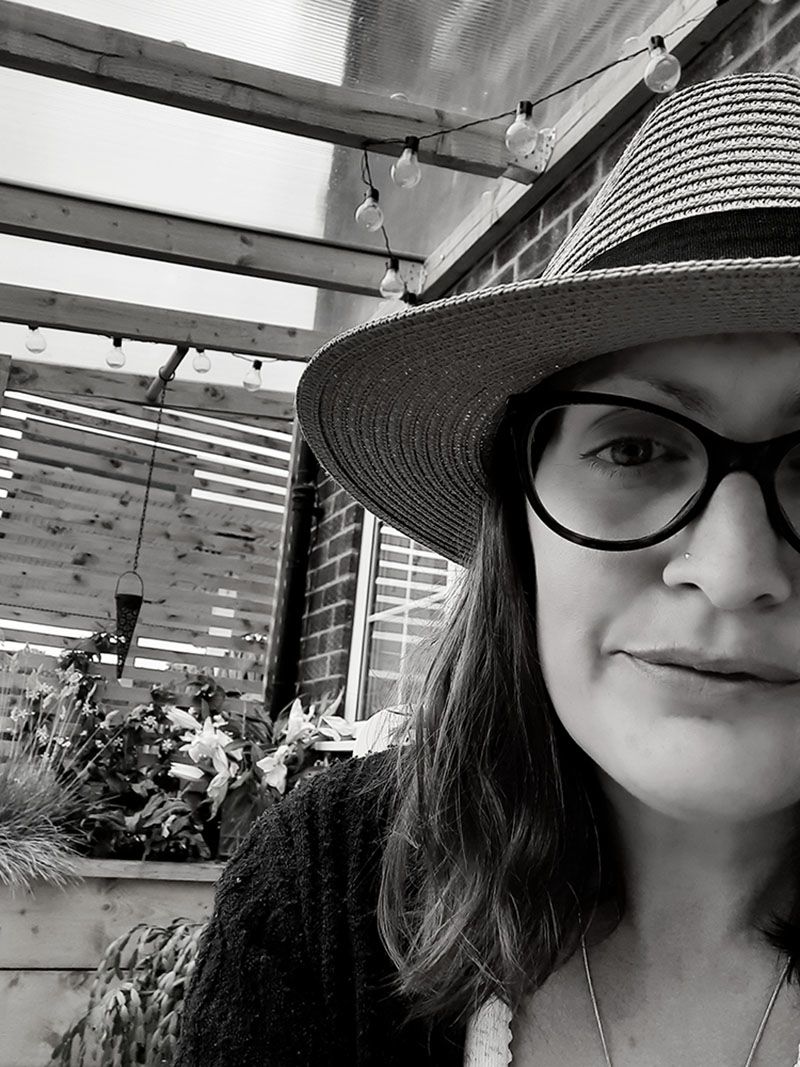
© Katy Phillips
© Katy Phillips
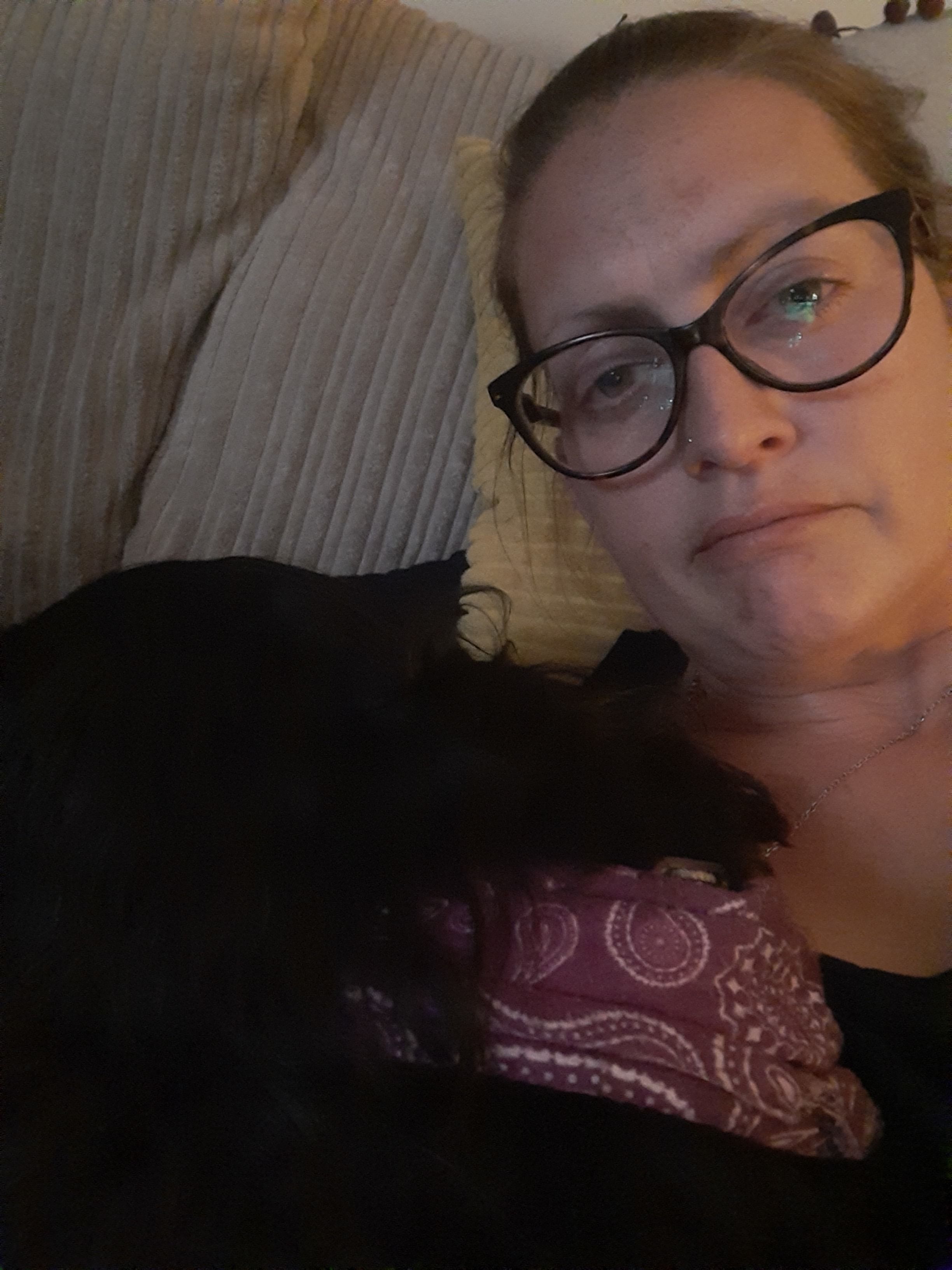
© Katy Phillips
© Katy Phillips
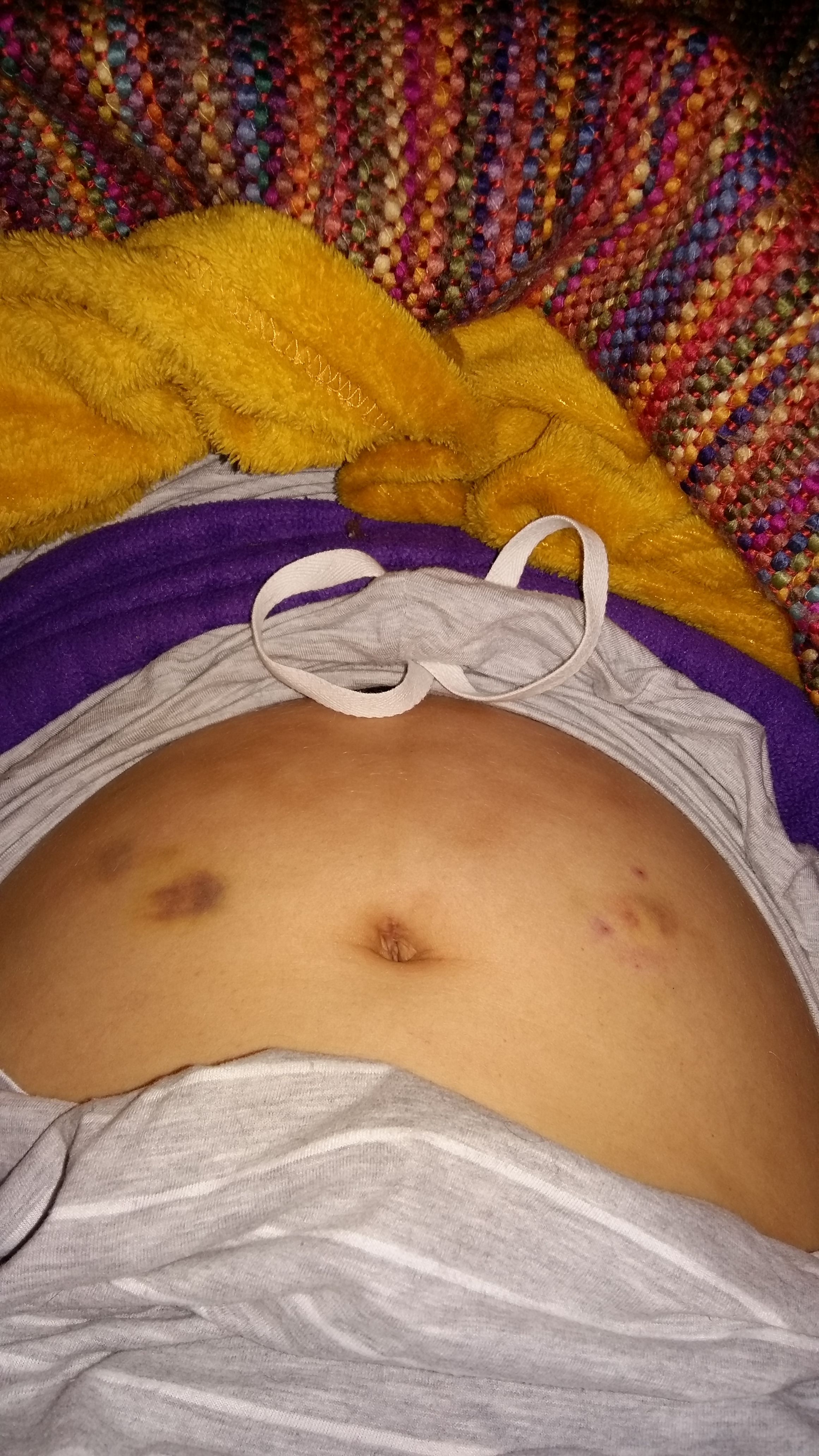
© Katy Phillips
© Katy Phillips
Dichloroacetate
The non-hormonal treatment of the future?
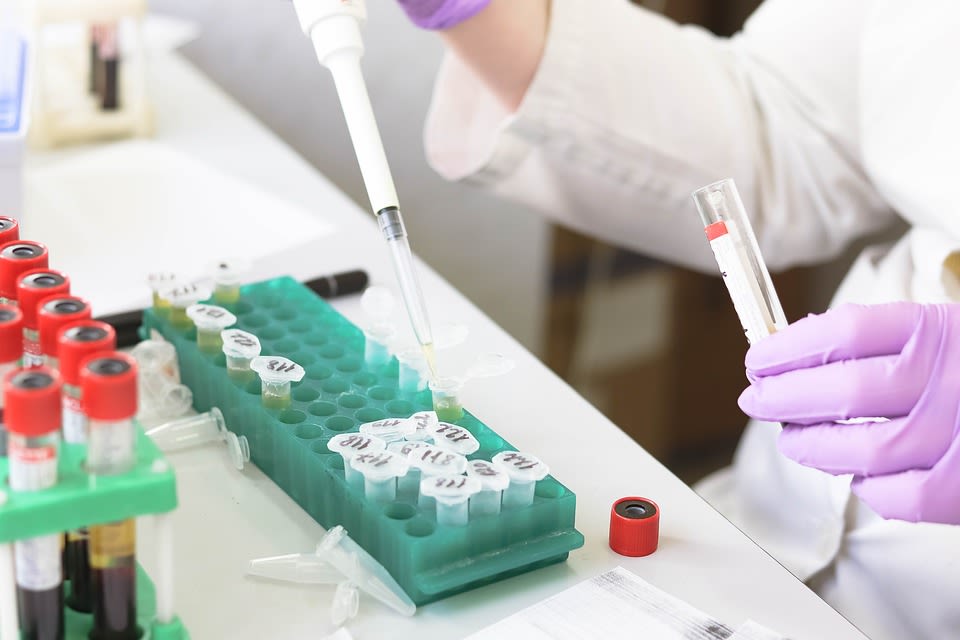
A group of researchers, alongside Doctor Andrew Horne from the University of Edinburgh, has been working on a potential endometriosis treatment based on the medicine Dichloroacetate.
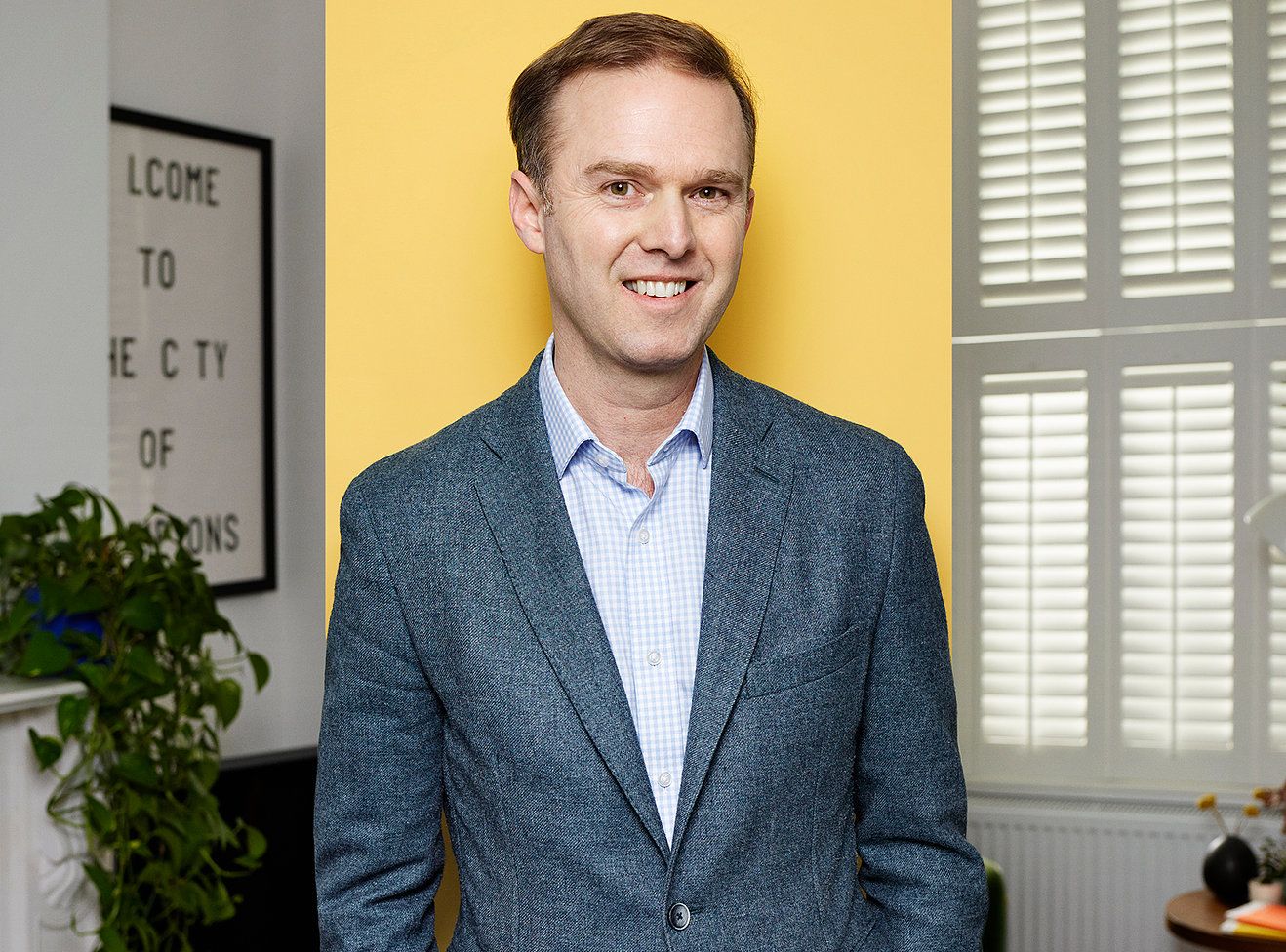
© Andrew Horne
© Andrew Horne
Dichloroacetate is the medicine given to cancer patients as well.
Research has shown that this treatment could possibly affect the production of lactate, which is increased in the bodies of women with endometriosis.
It might also provide an possible alternative to contraceptive hormonal treatments. These very often compromise the fertility of women.
In 2015, the team around Doctor Horne started researching the pelvic environment for a better understanding of Endometriosis.
"We need to know more about the disease so we can diagnose it better."
The researchers collected tissue samples from patients who agreed to take part. Then they tried to find the real cause of endometriosis.
Because there are different types of endometriosis, Doctor Horne believes that the approach towards individual patients should change.
"Specialists shouldn´t treat each woman with Endometriosis the same," he said.
Doctor Andrew Horne explains the complexity of Endometriosis.
After developing a mouse model which observes the behaviour of cells in mice, the trial treatments started with eight Endometriosis patients in January this year.
So far, the changes observed in these patients have been positive, despite the trials having been paused because of the Covid-19 pandemic.
Doctor Andrew Horne predicts a positive change for Endometriosis patients.
"My daughter is the light in all of it."
Anna´s story

Becoming a mother is one of the most significant moments in life for many women.
According to Endometriosis UK, 30 to 50% of women experience difficulties with fertility.
Hormonal treatments are significantly affecting this.
After withdrawing from birth control medication, women often struggle with getting pregnant.
But for Anna Cooper, there was a miracle.
She started struggling with chronic pain when she was 14. Nearly four years later, she was diagnosed with endometriosis.
Anna Cooper talks about diagnosing with Endometriosis.
After her main part of surgery, the disease struck back in Anna´s body agressively and she was diagnosed with Stage 4 widespread severe endometriosis.
Since Anna was diagnosed, she has gone through twelve surgeries to help with pain relief.
At the age of 18, Anna was advised to go through the hysterectomy but she refused because she wanted to have a family.
Women with endometriosis feel isolated very often and in Anna´s case, she wasn´t socialising at all due to the health complications.
"I was lucky I met my husband at very young age and he understands what I´ve been going through."
Anna got pregnant when she was 22 despite the negative prognosis.
She faced multiple complications during the pregnancy such as hyperemesis gravidarum and which escalated to a premature labour.
"After having my daughter, everything started shutting down in my body and my large bowel completely stopped working."
As a result, she had to go for Ileostomy, which was given to her as the only option.
The combination of endometriosis and parenting has been challenging for Anna, but she has found the right support from her husband.
Anna Cooper explains the challenges of being Endo mum.
The Coopers were trying for the second baby but they weren´t lucky like the first time.
Anna has been advised that the hysterectomy might help her to control her endometriosis.
At the moment, she´s taking pain relief medication in combination with the hormonal treatment, but it brings side effects.
She was left heartbroken after being told she shouldn´t have children anymore.
Anna Cooper talks about being unable to be pregnant again.
Anna supports more research into endometriosis treatments if it´s done correctly.
"There must be something out there which helps. It´s very debilitating so I would do anything to help me and other women."

© Anna Cooper
© Anna Cooper
Priorities for Endometriosis research
The stories of Katy and Anna show that GP´s and gynaelogical specialts need to listen to their patients.
For that reason, improving the timing of diagnosis is a number one priority for the researchers.
But the work of Doctor Horne seems to be promising for the doctors´ community.
Doctor Lucky Saraswat from the University of Aberdeen thinks that there´s still the room for more work on non-hormonal treatment.
Doctor Lucky Saraswat supports Andrew Horne´s work.
Another priority is to continue collecting more information about the disease and the possible non-hormonal treatments.
According to Doctor Saraswat from Aberdeen, hormonal treatments aren´t working for each patient and they strongly affect a woman´s fertility.
"We need to look for something which will help and not cause any more pain."
Doctor Lucky Saraswat concludes all the research priorities.
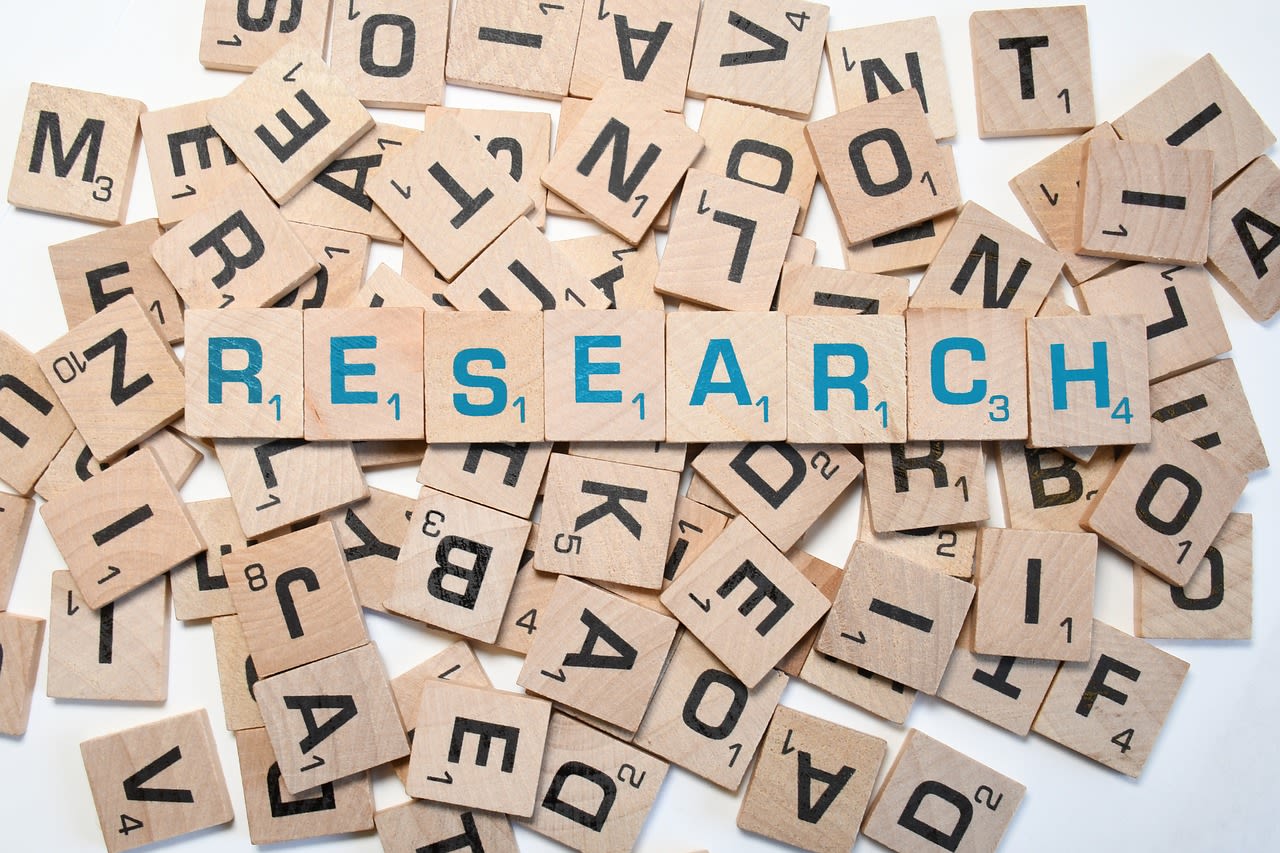
Endometriosis UK is the biggest charity for endometriosis patients in Great Britain.
It´s the main partner to research groups and raises awareness about the illness.
The charity noticed that the percentage of people who know about this condition is decreasing each year.
"Only 50% of the population knows what Endometriosis is. We´re expecting it to be 25% soon," said Emma Cox from Endometriosis UK.
Emma Cox from Endometriosis UK talks about the importance of Endometriosis awareness.
Endometriosis UK has been closely cooperating with Doctor Horne´s team.
As well as raising awareness, the funding for research is important for Horne.
Doctor Andrew Horne explains the importance of collaboration between charities and researchers.
The experience of patients still illustrates the reality that Endometriosis is an underestimated condition in its importance.
But Cox, who is from the biggest British Endometriosis charity, has noticed progress with celebrities starting to speak out about it.
Historically, topics like periods and menstrual pain haven´t been discussed openly in public.
But the trend is turning and the taboo around menstruation is disappearing.
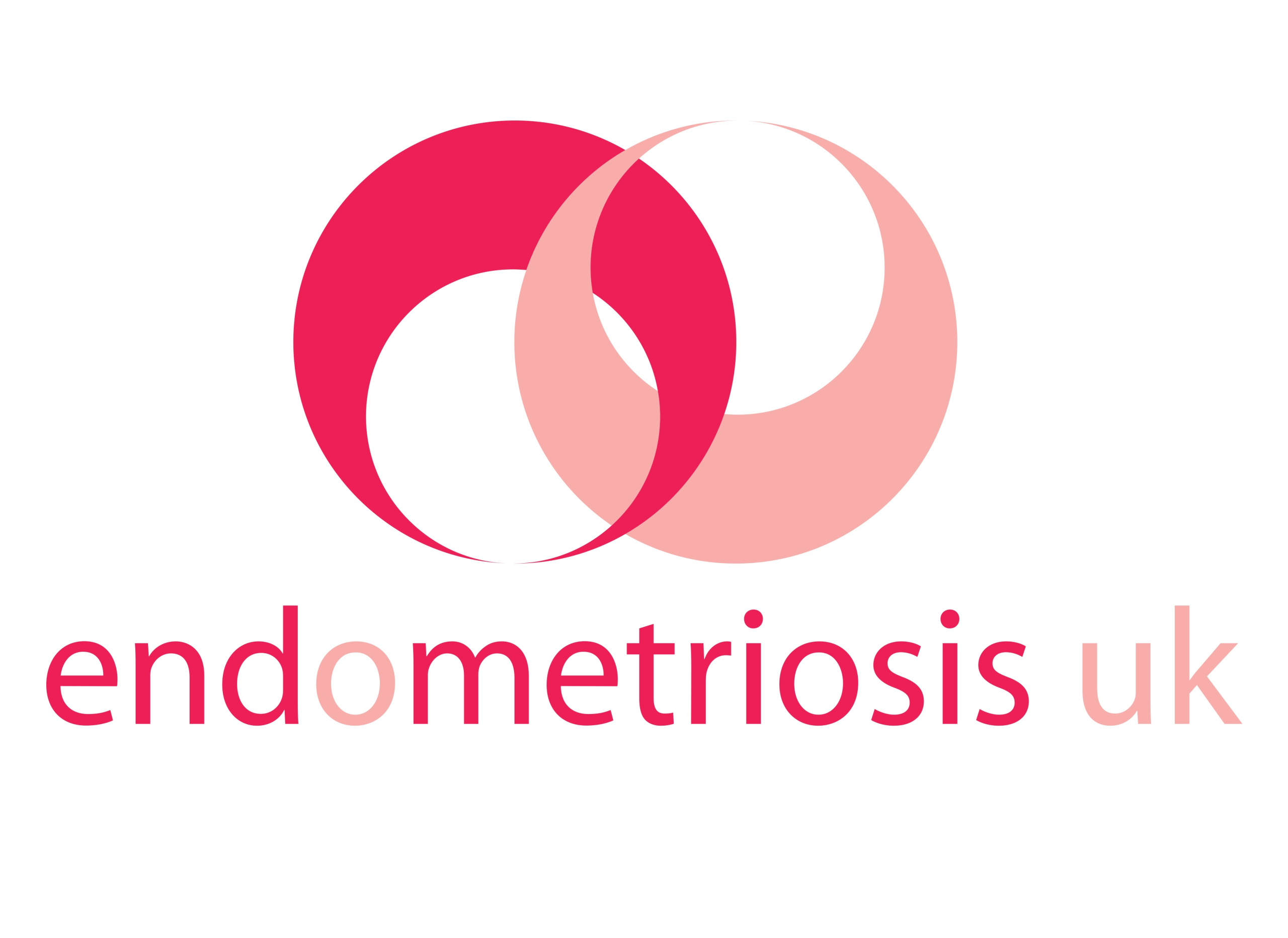
© Endometriosis UK
© Endometriosis UK
For many decades, endometriosis has been an invisible illness.
But thanks to medical improvements, the contribution of Endometriosis UK and changing attitudes towards the disease, patients are receiving better support.
Endometriosis is starting to reappear in people´s minds.
However, medical understanding of the disease needs to develop so better treatments are provided more quickly.
If you suspect you might have endometriosis symptoms, you can seek help through visiting the website of Endometriosis UK.
